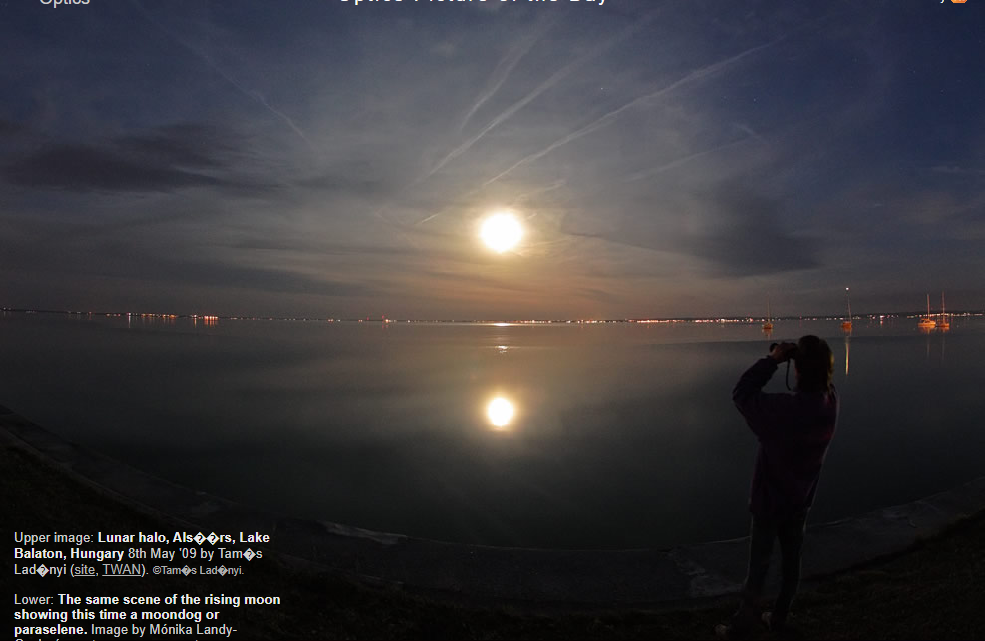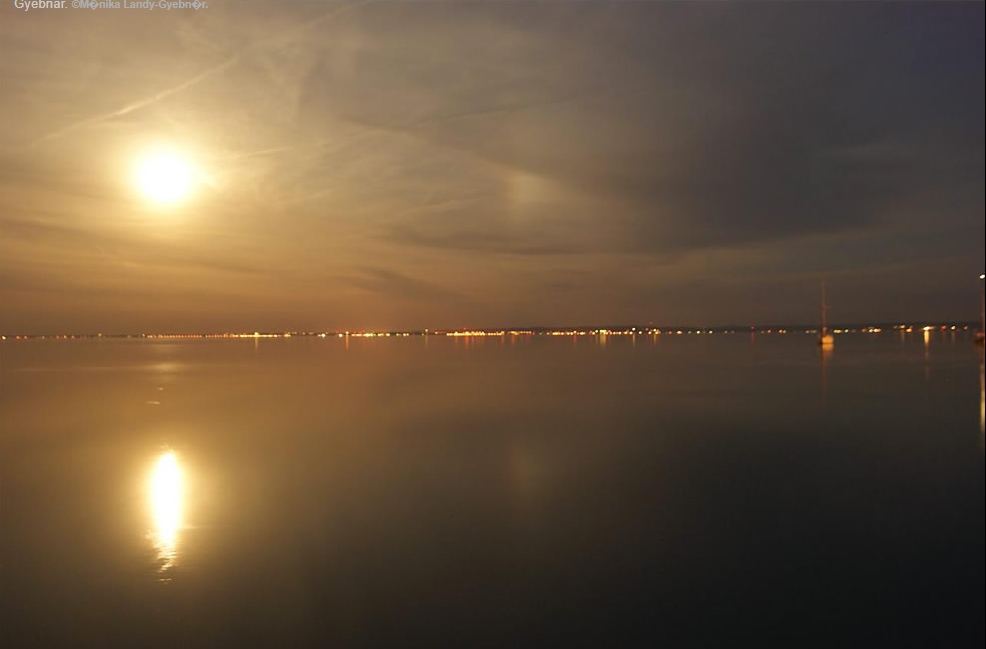Moondogs and lakes
Moondogs and Lakes: A Spectacular Display of Atmospheric Optics
When we gaze up at the night sky, we are often captivated by the beauty and mystery of celestial phenomena. One such captivating display is the occurrence of moondogs, also known as paraselenae, in conjunction with lakes. Moondogs are a type of atmospheric optical phenomenon that forms when moonlight interacts with ice crystals in the atmosphere. This fascinating interplay of light and ice creates a stunning spectacle that can be observed near bodies of water, such as lakes. In this article, we will delve into the science behind moondogs and explore the enchanting connection between these ethereal phenomena and lakes.
Understanding Moondogs
Moondogs are a type of halo, which is an optical phenomenon caused by the refraction, reflection, and dispersion of light by ice crystals in the atmosphere. They appear as two bright spots on either side of the Moon, often resembling ghostly replicas of the lunar disk. These spots are located at the same altitude as the Moon and are typically around 22 degrees away from it. The scientific term for these bright spots is "paraselenae," derived from the Greek words "para" (beside) and "selene" (Moon).
The formation of moondogs can be attributed to the presence of hexagonal ice crystals in the Earth's atmosphere. These ice crystals act as tiny prisms, bending and refracting light as it passes through them. When moonlight enters these ice crystals, it undergoes a process known as refraction, causing it to deviate from its original path. This deviation results in the separation of light into different colors and the formation of a halo around the Moon.
The Role of Lakes
Lakes play a crucial role in enhancing the visual impact of moondogs. The presence of a body of water, such as a lake, can amplify the intensity and clarity of the moondogs, making them appear even more vivid and striking. There are several reasons why lakes contribute to this enhanced effect:
-
Smooth Surface: Lakes provide a smooth and reflective surface, allowing the moonlight to bounce off and create a mirror-like effect. This reflection adds an extra layer of illumination to the surrounding area, intensifying the visibility of moondogs.
-
Amplified Contrast: The contrast between the dark night sky and the bright moondogs is accentuated when reflected on the calm surface of a lake. This contrast creates a visually stunning scene that is sure to leave observers in awe.
-
Enhanced Depth: The presence of a lake in the foreground or background of a moondog display adds depth and dimension to the overall visual composition. The reflection of the moondogs on the water's surface creates an illusion of infinite space, enhancing the ethereal quality of the phenomenon.
Capturing the Magic
Witnessing moondogs alongside a picturesque lake can be a truly magical experience. To fully appreciate and capture the beauty of this atmospheric phenomenon, consider the following tips:
-
Choose the Right Location: Look for lakes with minimal light pollution and unobstructed views of the night sky. This will ensure optimal conditions for observing and photographing moondogs.
-
Timing is Key: Moondogs are most commonly observed when the Moon is near its full phase. Check astronomical calendars to determine when the Moon will be at its brightest and plan your outing accordingly.
-
Bring the Right Equipment: To capture the intricate details of moondogs, consider using a camera with manual settings and a tripod to stabilize your shots. Experiment with different exposure times to achieve the desired effect.
-
Patience and Perseverance: Atmospheric phenomena can be elusive, so don't be disheartened if you don't immediately spot moondogs. Stay patient, keep observing, and be ready to capture the moment when it presents itself.
Conclusion
Moondogs and lakes create a breathtaking combination of natural wonders that can leave us in awe of the beauty and complexity of our atmosphere. Understanding the science behind moondogs and their connection to lakes allows us to appreciate these phenomena on a deeper level. So, the next time you find yourself near a tranquil lake on a moonlit night, take a moment to gaze at the sky and immerse yourself in the mesmerizing display of moondogs dancing alongside the shimmering waters.

Upper image: Lunar halo, Als��rs, Lake Balaton, Hungary 8th May '09 by Tam�s Lad�nyi (site, TWAN). ©Tam�s Lad�nyi.
Lower: The same scene of the rising moon showing this time a moondog or paraselene. Image by Mónika Landy-Gyebnár. ©M�nika Landy-Gyebn�r.

Note: this article has been automatically converted from the old site and may not appear as intended. You can find the original article here.
Reference Atmospheric Optics
If you use any of the definitions, information, or data presented on Atmospheric Optics, please copy the link or reference below to properly credit us as the reference source. Thank you!
-
<a href="https://atoptics.co.uk/blog/moondogs-and-lakes/">Moondogs and lakes</a>
-
"Moondogs and lakes". Atmospheric Optics. Accessed on November 26, 2024. https://atoptics.co.uk/blog/moondogs-and-lakes/.
-
"Moondogs and lakes". Atmospheric Optics, https://atoptics.co.uk/blog/moondogs-and-lakes/. Accessed 26 November, 2024
-
Moondogs and lakes. Atmospheric Optics. Retrieved from https://atoptics.co.uk/blog/moondogs-and-lakes/.